Wind power in the UK is not just a component of the country’s energy mix; it’s a testament to the commitment to sustainable and renewable energy sources. With the UK’s geography offering vast potential for both onshore and offshore wind farms, understanding the intricacies of how wind power is harnessed, the challenges faced, and the future prospects becomes essential. This article aims to demystify UK wind power, offering insights into its current state, technological advancements, environmental impact, economic considerations, and the vision for the future.
Table of Contents:
– The current state of UK wind power
– Technological advancements in wind energy
– Environmental impact of wind power
– Economic considerations of harnessing wind power
– The future of wind power in the UK
The current state of UK wind power
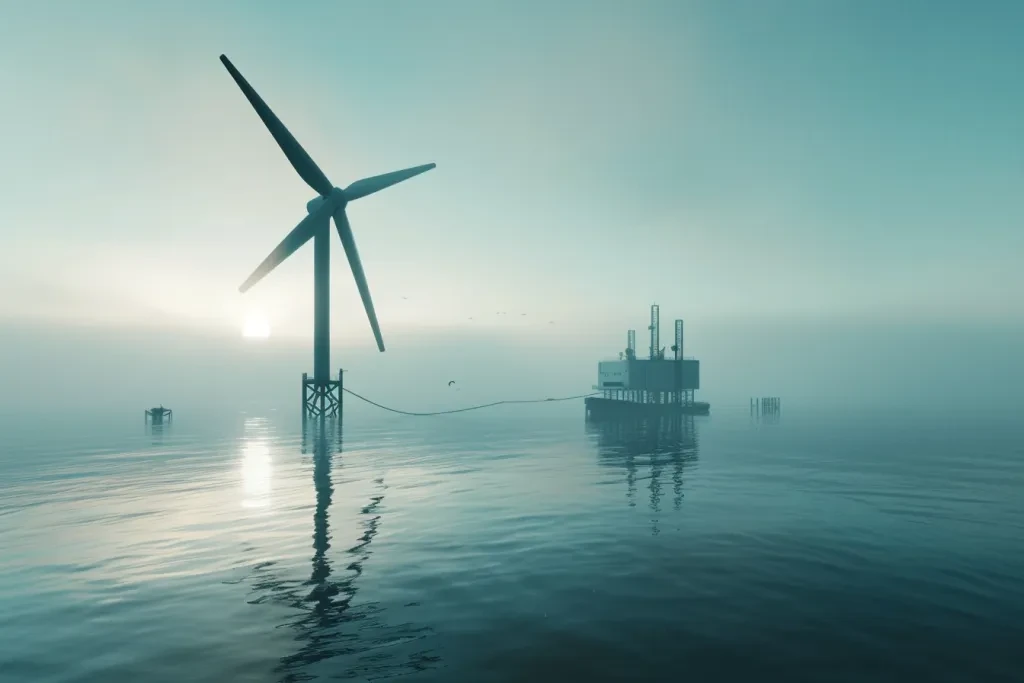
The UK is a leader in wind energy, with a significant portion of its renewable energy coming from wind power. The geographical advantage of being an island nation with vast coastlines has allowed for the successful deployment of numerous wind farms, both onshore and offshore. As of recent years, the capacity for wind power has seen exponential growth, contributing to a substantial percentage of the country’s electricity supply.
However, the journey hasn’t been without its challenges. Issues such as planning permissions, local opposition, and the intermittent nature of wind have been hurdles along the way. Despite these challenges, the continued investment and support from the government and private sector signal a strong commitment to expanding wind power capacity.
The integration of wind power into the national grid has also seen significant advancements. Innovations in grid management and storage technologies are helping to mitigate the variability of wind energy, ensuring a more stable and reliable electricity supply.
Technological advancements in wind energy
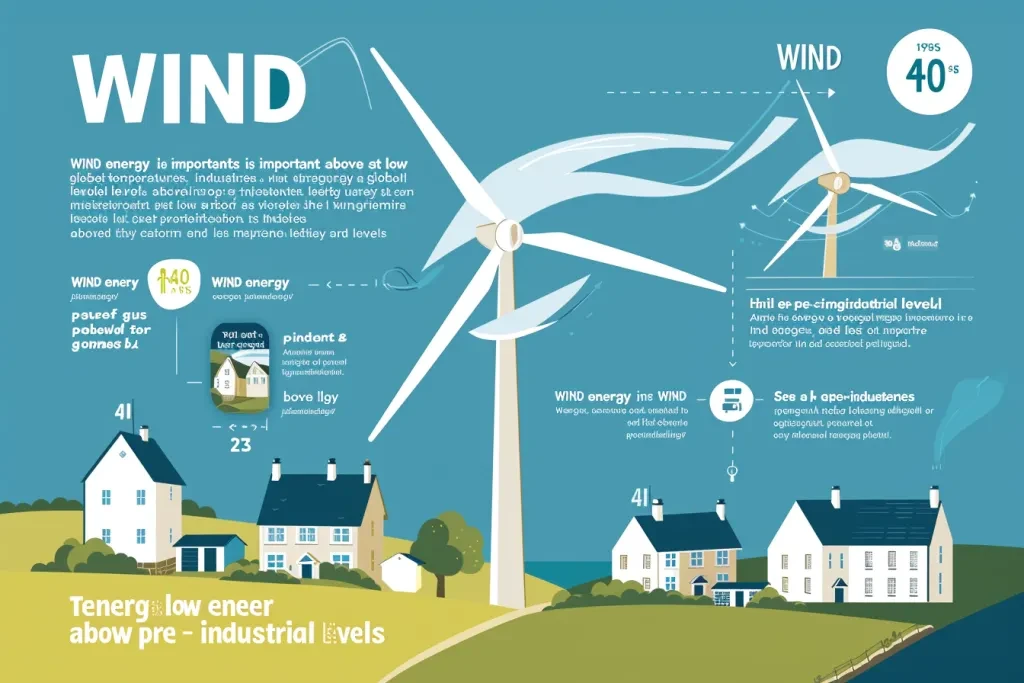
The evolution of wind turbine technology has been pivotal in increasing the efficiency and reducing the costs of wind power. Modern turbines are larger, more durable, and capable of generating more electricity than their predecessors. This scale-up not only improves the economics of wind power but also increases the potential sites for wind farm development, including deeper offshore locations where wind speeds are higher.
Advancements in materials science have led to lighter and stronger turbine blades, enhancing their performance and lifespan. Additionally, digitalization and smart technology are playing crucial roles in optimizing wind farm operations. Predictive maintenance, powered by AI and machine learning, is minimizing downtime and further reducing costs.
The exploration of floating wind turbines is another exciting development. This technology could unlock wind power potential in deep sea areas, vastly increasing the available space for offshore wind farms without the limitations of fixed-bottom installations.
Environmental impact of wind power
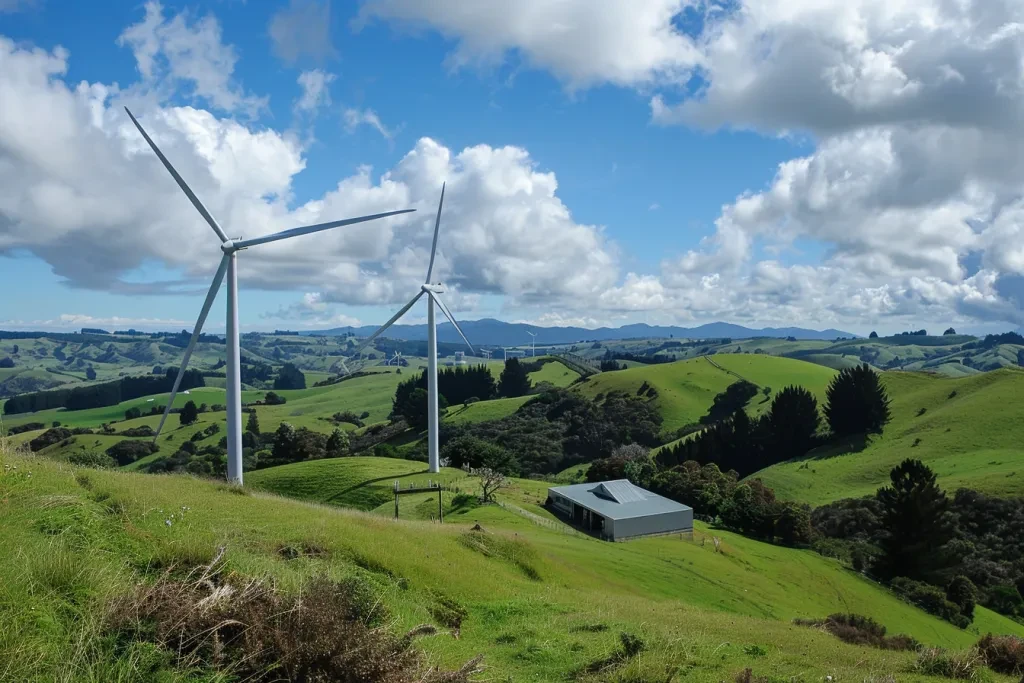
One of the most compelling arguments for wind power is its minimal environmental footprint, especially when compared to fossil fuels. Wind power generates electricity without emitting greenhouse gases or pollutants, contributing significantly to the reduction of the UK’s carbon emissions.
However, it’s important to acknowledge the environmental considerations associated with wind farm construction and operation. Habitat disruption, noise, and visual impact are concerns that require careful planning and mitigation strategies. The industry is committed to minimizing these impacts through better site selection, design, and technology.
The lifecycle emissions of wind turbines are also remarkably low. From manufacturing and installation to decommissioning, the carbon footprint of wind power is a fraction of traditional energy sources, reinforcing its role in a sustainable energy future.
Economic considerations of harnessing wind power
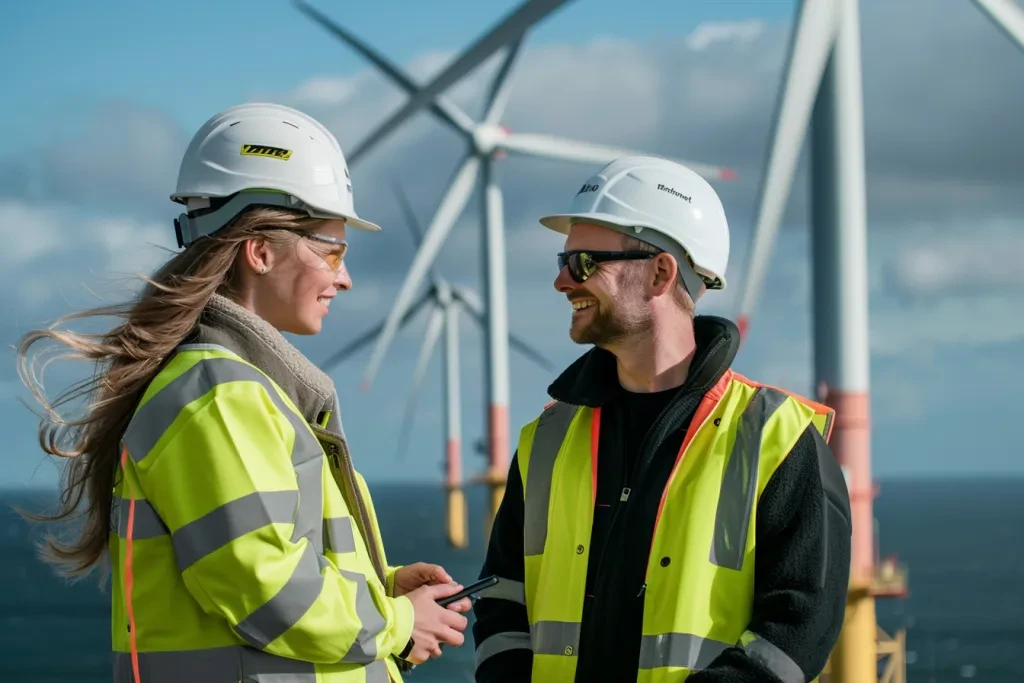
The economics of wind power have improved dramatically over the years. Initially, high capital costs and technological limitations made wind energy more expensive than conventional power sources. However, with advancements in technology, economies of scale, and supportive government policies, the cost of wind power has decreased significantly.
Investment in wind energy not only supports the transition to a low-carbon economy but also stimulates job creation and economic growth. The wind power sector has become a significant employer, offering a wide range of opportunities from manufacturing and engineering to maintenance and operations.
Government incentives and policies play a crucial role in shaping the economic landscape of wind power. Subsidies, tax incentives, and renewable energy targets have been instrumental in driving the growth of the wind power sector. However, as the cost of wind energy continues to fall, the industry is moving towards a future where it can compete on an equal footing with conventional energy sources without the need for financial support.
The future of wind power in the UK
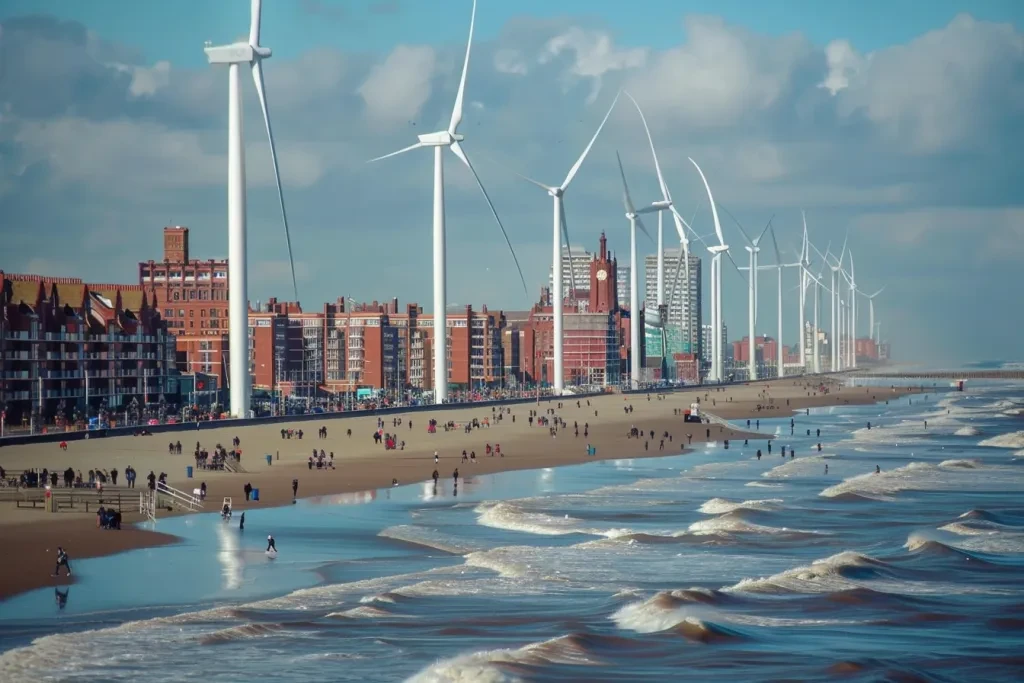
The future of UK wind power is bright, with ambitious targets set to expand capacity, particularly in offshore wind. The government’s commitment to achieving net-zero carbon emissions by 2050 places wind power at the forefront of the renewable energy strategy. Continued investment in technology, infrastructure, and grid integration will be key to realizing these goals.
Emerging technologies, such as floating wind farms and green hydrogen production from wind power, offer exciting possibilities for further expansion and integration of wind energy into the UK’s energy mix. Collaboration between industry, government, and communities will be essential to overcome challenges and harness the full potential of wind power.
As we look to the future, the role of wind power in achieving a sustainable, reliable, and affordable energy system for the UK cannot be overstated. Embracing innovation, addressing environmental and economic considerations, and fostering public support are the pathways to a wind-powered future.
Conclusion
UK wind power stands at a pivotal moment, with the opportunity to significantly shape the country’s energy landscape. Through continued technological advancements, environmental stewardship, and economic investment, wind energy can provide a cornerstone for the UK’s renewable energy ambitions. As we navigate the challenges and embrace the opportunities, the journey towards a sustainable energy future powered by wind is not just a possibility but a necessity.




